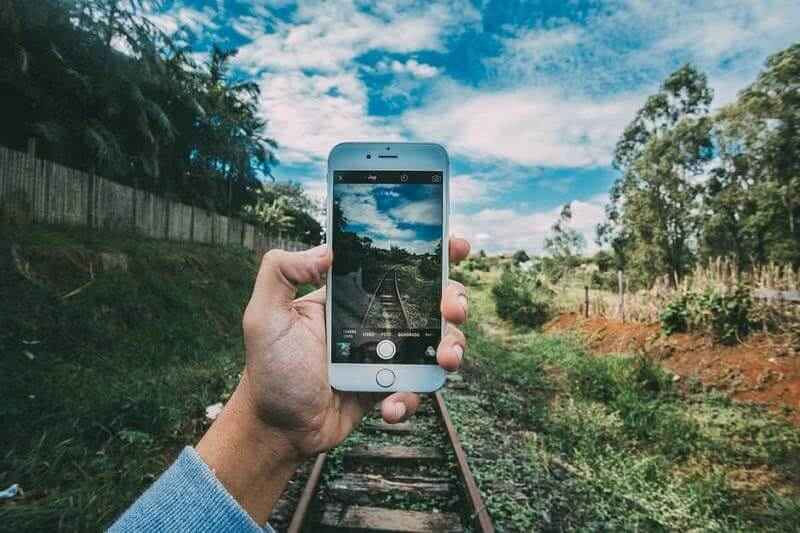When smartphone apps request access to a user’s location, the information can be used to analyze customer habits, demographics and location among other things. It is easy to grant access to our personal information, and we hope app companies have our best interests in mind. Collecting data for research purposes by people with an interest in our surroundings is what Big Data can take advantage of. This is known as citizen science which leverages multiple sets of data, and multiple minds as well.
Worthy discoveries are made thanks to “Citizen Scientists”
Citizen scientists are people – young, old and anywhere in between – who amass data. They are not professional scientists per se, but their work is incredibly important. A Pan-European funded consortium, Socientize, takes a proactive approach to engaging citizens, students and amateur scientists in scientific research. Via the supply of knowledge, time and resources for hands-on, collaboration in projects/experiments, to supporting policymaking and helping to define research agendas, citizen scientists are at the forefront of shaping the very spaces we inhabit.
The experiments carried out under the umbrella of Socientize communicate the advantages of this approach, where citizens are not simply passive subjects, but rather active, engaged volunteers. Another example is the Weather Service in the UK, which amasses and exports data to help with hydrologic forecasts and storm warnings, agricultural assessments, mosquito management and much more. The data and maps are vital, as they tell the story of how storms are developing, affected areas, and even how variable the precipitation is within city limits.
Citizen science encompasses a wide range of activities carried out by several actors at multiple levels. From massive, virtual interactions on a global scale to small but regular, proactive and continuous involvement in local environments, citizen science is the very definition of an ideal, democratic society.
Today’s mobile apps can be used not only for data collection, but also to incorporate many important data-gathering functions (capturing images, audio and text for example) into a single tool that can “stamp” the date, time and even more important, provide the geographic coordinates associated with an observation. An example of such an app is the Desert Research Institute’s (DRI) project, “Stories in the Snow.” Users are encouraged to upload photos of snowflakes in their Citizen Science App, and DRI uses the photos to understand more about atmospheric conditions throughout the Truckee Meadows and the Lake Tahoe Basin.

With iNaturalist, users can upload photos of plants and animals they observe, and transmit the location, and time of their observation. Citizen scientists have the opportunity to add observations to projects created by organizations or groups that are collecting these types of data. Another ‘nature’ app is designed to help scientists track the spread of invasive species that are destroying natural habitats. It identifies relevant invasive plants and animals based on a user’s location and provides images of those species. If users encounter invasive species, they can select those in the app and send their GPS location to scientists collecting the data.
When the community becomes a mini-laboratory for democratic participation, for citizen science as a tool for, say, conservation in a residential neighborhood, the more likely it is to be conceived as the culmination of actions of inquiry and where collaboration in research leads to common knowledge and community awareness and dissolves the residential cultural, and environmental tensions. When it comes to citizen science methods and approaches, the real learning comes in the social life of the method – in the practice of the thing – of listening, trying and often failing to collaborate – trying again, sharing, being creative – together. Often, from here, cultural innovation and collaboration happen.
A broader approach is taken by the app Geme.io, which not only allows users to create entries, add a photo/description/category to the data on the map (coupled with geo-location), but also via an API one can export and share data with institutions that have projects which serve volunteers or tap into underserved communities to get them more involved.
Geme.io sees citizen science as providing more power to the local, micro community. Not only can it be used to document neighborhood hazards, but also provide data on what is good, bad or everything in between in “my hood.” Location-sharing documents how people are on the move, and by adding news surrounding public squares, soccer fields, benches, farmers’ markets and dog/people parks, this forges social connections which in turn reduces crime and isolation-driven depression.
The driving difference here with Geme.io is location-sharing, and that is where the real value can be seen at a societal level.
About the author.

Magdalena Pawlowicz, co-founder of Geme.io, a free location-based app that allows users to explore, create and connect with the city in innovative ways via smart phones. She is a successful serial entrepreneur in the technology field with a vision to change city life via the empowerment of the very individuals who live and visit cities to share their data freely. Join the movement to make our cities more livable and send us an email to find out more: [email protected]